Maen Ceti (Arthur's Stone)
A Neolithic burial tomb connected with a colorful array of legends.
To the north of the ridge summit of Cefn Bryn lies a Neolithic burial ground, a chambered cairn known in Welsh as Maen Ceti and in English as Arthur’s Stone. A well-known and documented attraction for more than half a millennium, it has also attracted its fair share of colorful legends.
Maen Ceti sits on the northward-facing slope of Cefn Bryn, with spectacular views across Llanrhidian Sands, the mouth of the River Loughor and onto Carmarthen Bay. The inspiring location alone helps to explain why men chose this location to build a chambered cairn sometime around 2,500 BC, if not earlier.
The double-chambered megalithic tomb is formed by a massive capstone perched on a series of pointed stones. The quartz conglomerate capstone weighs an estimated 25 tons, and measures around 13 feet wide and 7 feet high. It was once larger than this, but at some point a 10-ton section of the stone broke off and now lies cracked at the side of the cairn.
Various theories exist as to why this piece broke away. Some say a miller chipped away at the rock to make a new millstone, but the piece was too heavy to move. Others suggest that it was struck by lightning during a violent storm, or that St. David cleaved the stone apart with his sword in protest of Druid worship. The more likely but far more prosaic theory is that the portion became detached through frost action in a natural crack.
The size of the capstone impressed ancient scribes so much that Maen Ceti was once referred to as one of “the three arduous undertakings accomplished in Britain.” But raising the capstone onto its stone supports may not have been quite as arduous as it appears. The glacial boulder was likely deposited, quite naturally, precisely where it now sits. Workers then created the chamber beneath it by excavating below the massive boulder and placing the supporting stones as they dug – so no heavy lifting involved.
Still, it remains an impressive tomb, and one that has attracted visitors for hundreds if not thousands of years. One notable visit was by Breton soldiers marching to the Battle of Bosworth in 1485, who found the time and energy to take a 60-mile detour just to see it.
Various legends have also attached themselves to Maen Ceti over the centuries. Its English name, Arthur’s Stone, is derived from a legend that tells how King Arthur, while marching to the Battle of Camlann, found a pebble in his shoe. He tossed it a great distance and it fell on Cefn Bryn. Either the great King Arthur was a giant with giant-sized shoes, or the stone itself grew with pride having been touched by the legendary British leader.
Another colorful tale tells of how the stone travels down to the sea (some say a stream) each day (others say on New Year’s Eve) to quench its thirst before returning to its spot near the ridge of Cefn Bryn.
And, of course, there’s a legend of young lovers, as so often there is. According to this tale, maidens used to come to Maen Ceti with cakes made of barley meal and honey and wetted with milk. They placed the cakes on the stone before crawling around it three times. This would reveal the intentions of their lovers. If the young men were faithful and willing to marry, they would appear at the magical stone. If not, the maidens would know that their lovers were not for keeping.
Know Before You Go
Maen Ceti is located on the Gower Peninsula in South Wales, about 10 miles west of Swansea. It’s not far from the road from Cilibion to Reynoldston, which runs across Cefn Bryn.
The exposed car park off the road near Reynoldston is extremely rough with sharp stones. It is possible to park in the village and follow a track adjacent to the road back to the car park
You’ll find a grassy track that leads to Maen Ceti, perpendicular to the road, which is easy to follow, although unmarked.


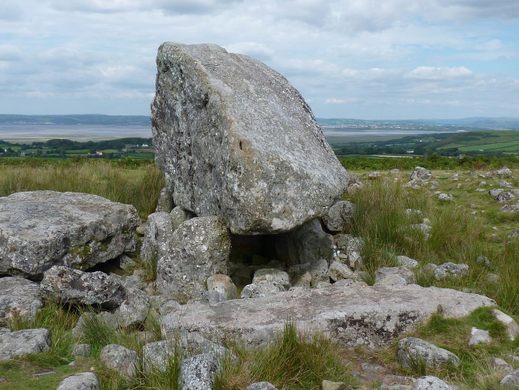
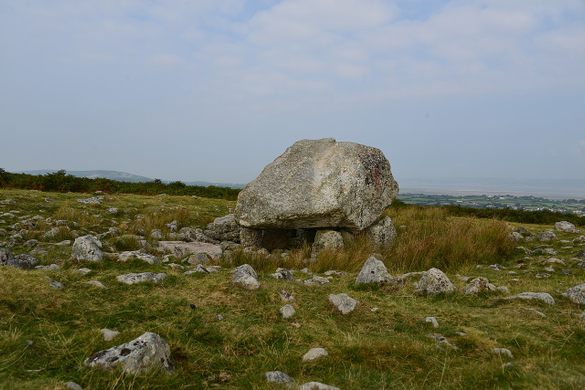
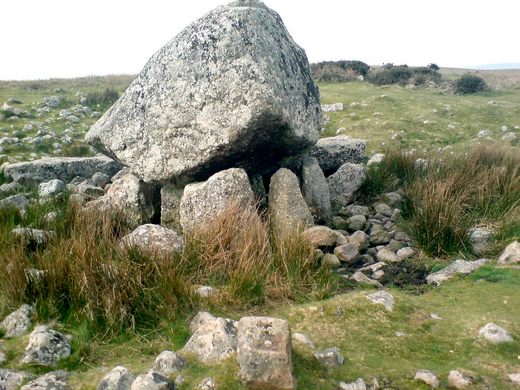
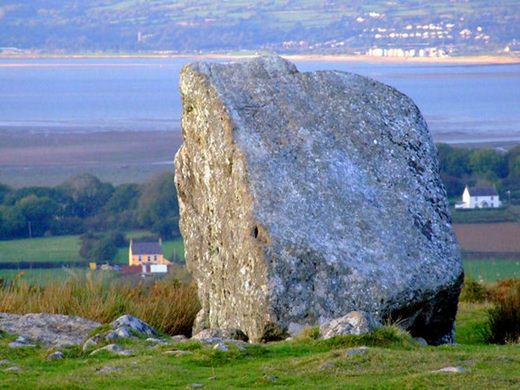






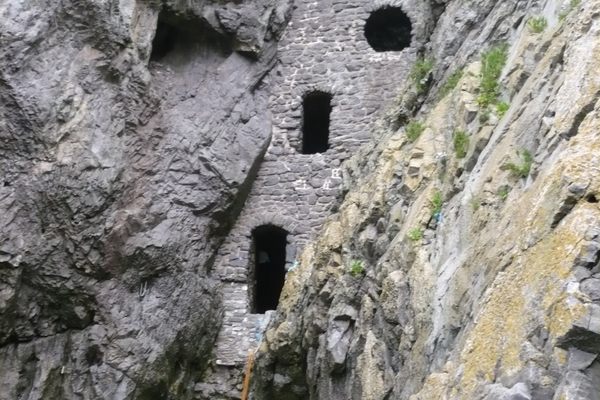



Follow us on Twitter to get the latest on the world's hidden wonders.
Like us on Facebook to get the latest on the world's hidden wonders.
Follow us on Twitter Like us on Facebook